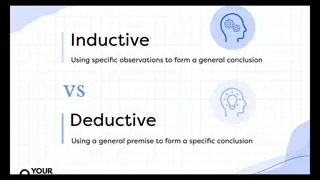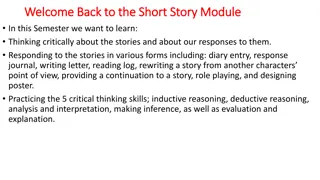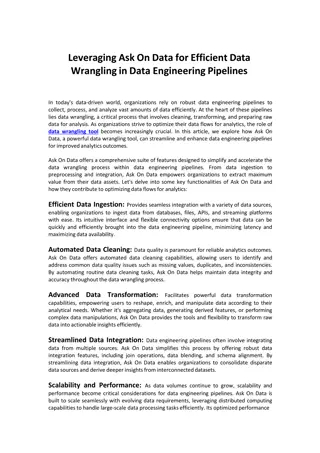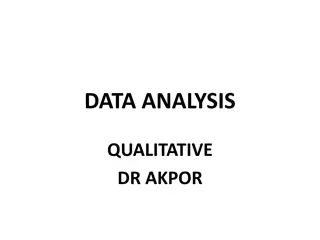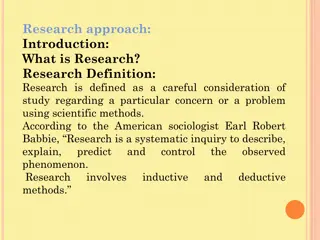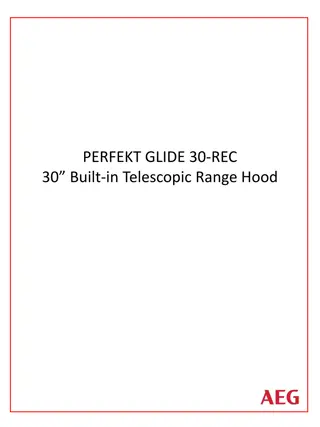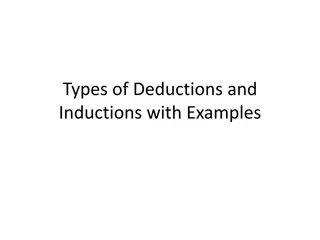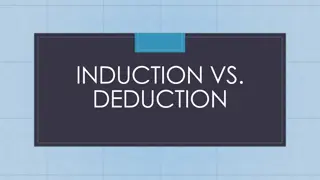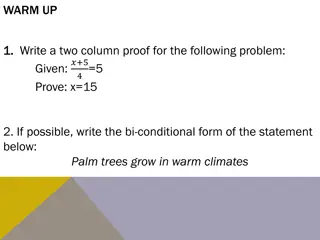
Deductive Qualitative Analysis: When and How to Use It
Learn about deductive qualitative analysis, when to use a deductive approach, using pre-established codebooks, examples of deductive approach in hand hygiene research, and the deductive coding process. Discover the benefits, limitations, and FAQs associated with deductive analysis to enhance your research methodology.
Download Presentation

Please find below an Image/Link to download the presentation.
The content on the website is provided AS IS for your information and personal use only. It may not be sold, licensed, or shared on other websites without obtaining consent from the author. If you encounter any issues during the download, it is possible that the publisher has removed the file from their server.
You are allowed to download the files provided on this website for personal or commercial use, subject to the condition that they are used lawfully. All files are the property of their respective owners.
The content on the website is provided AS IS for your information and personal use only. It may not be sold, licensed, or shared on other websites without obtaining consent from the author.
E N D
Presentation Transcript
Deductive Qualitative Analysis Day 3 July 11, 2024
Deductive Analysis When to use a deductive approach: - When you already have an idea of the responses/topics Helpful with a larger coding team When time is limited/need to code quickly - - Limitations: not ideal for exploratory analysis
Examples of using deductive approach: Hand Hygiene in Schools in 4 Countries Locations: Guatemala, El Salvador, Belize, and Kenya Four Coding Teams: Atlanta USA, Houston USA, Kenya, Guatemala Approach: Deductive A priori codebook with clear definitions made it possible to look across settings to see what challenges are experienced across contexts, which are context specific
Using a pre-established codebook: example General structure: Category / Code / Subcode
Using a pre-established codebook: example Category/Topic General structure: Category / Code / Subcode
Using a pre-established codebook: example General structure: Category / Code / Subcode Main Code
Using a pre-established codebook: example Sub-Code General structure: Category / Code / Subcode
Using a pre-established codebook: example General structure: Category / Code / Subcode DEFINE YOUR CODES!
Deductive Coding Process 1. Review the codebook, discuss with team 2. Read-through of interview notes/transcript 3. Select and code the data to the most specific level you can 4. Share with teammate for full review of codes 5. Meet to review/resolve differences in codes
Deductive Coding: FAQs 1. What if multiple codes apply to the same segment of text? Double coding is okay! If the same 2 codes are being applied repeatedly, reconsider definitions. 1. How much text should I code as a segment ? Include the question, and any relevant text from the answer, to the sentence/phrase level (no need to include unlreated text that follows 1. What if something comes up in the data that doesn t have an applicable code but seems important? Code as miscellaneous/other and then revisit with the team to create a new code if needed


